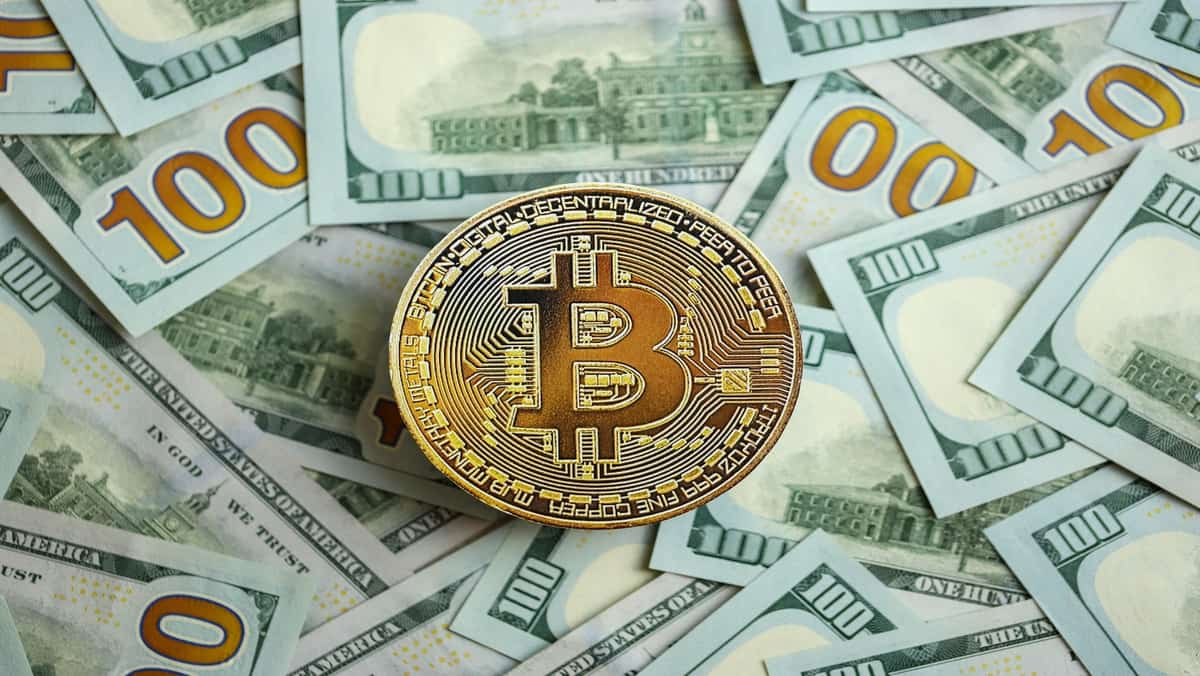When it comes to conversations in crypto circles, the FTX fiasco of 2022 draws more ire and discomfort than just about any other topic.
It’s an especially delicate subject for those who endured financial damage following the exchange’s collapse.
One such crypto-focused investment firm – Multicoin Capital – worked closely with FTX and the now-notorious Sam Bankman-Fried during the company’s phenomenal rise to success. They also suffered an enormous implosion in funds following revelations of the exchange’s fraudulent behavior, resulting in one of the most spectacular crypto-trading blowups of 2022.
In a span of only two weeks during the late fall of 2022, Multicoin suffered losses of 55% of its funds in capital, mostly due to the FTX collapse, the precipitous fall in value of their Solana-based asset investments – a proof-of-stake protocol ecosystem in which Bankman-Fried was deeply involved – and exposure to the FTX trading token, FTT.
In a conversation between Blockworks and Multicoin Capital co-founders Kyle Samani and Tushar Jain on the Empire podcast, host Jason Yanowitz addresses the elephant in the room: how did Multicoin get so intertwined with FTX?
Samani explains that while Multicoin Capital did not invest in the early days of FTX in 2019, they watched with interest as it grew rapidly. Solana would soon launch its blockchain and DeFi was entering its summer season. “Sam was tweeting pretty aggressively about DeFi. And I was pretty intrigued with what they were building at FTX.”
Following a call between them to discuss possibilities, Samani explains, Bankman-Fried decided to begin building Serum, a DeFi hub operating on the Solana blockchain. Multicoin Capital soon invested in the new platform along with FTX.com and FTX US.
“We had a good relationship with Sam at the time – and that deteriorated pretty quickly – for pretty obvious reasons.”
The questionable relationship between Alameda and FTX caused some hesitancy on Multicoin’s part, Samani says, but as success grew, it investigated further, seeking feedback from other traders. “And the feedback we got from folks was shockingly positive.”
“And we said, okay, let’s revisit the data.”
“Our initial concern,” Jain adds, “was that Alameda would be considered to have an advantage on the FTX matching engine. And this would scare away other trading firms.”
“But after the exchange had been live for some time, we talked to a bunch of trading firms that were trading there. And they said that they did not notice that type of advantage.”
The meltdown begins
Things came to a head for Samani and Jain during the Solana Breakpoint conference in Lisbon, Portugal in the fall of 2022. News broke of serious problems at FTX, but it seemed like things might still be under control at the time. “Given the very large amount of equity capital that FTX had raised, that should serve as a buffer” Jain thought.
“This was a profitable business that made over a billion dollars in revenue in 2021. So there was quite a bit of money there” Jain says. “So we thought, ‘OK, there might be a duration mismatch, or the capital is tied up in margin positions, and it’s going to take them some time to unwind it.’”
“We didn’t think it was going to be an insolvency problem.”
Host Yanowitz questioned the guests about the close ties between Multicoin and Bankman-Fried, with co-investing and subsequent listing activities related to Solana and FTX as an example.
“I don’t think so, no” Jain pushed back. “That draws too much of an association and it implies that things were more deliberate.”
FTX, he explains, also led funding rounds for Solana competitors like Aptos and MystenLabs. Solana, he argues, worked with many exchanges and “was listed on basically all of them.”
On a number of occasions, Samani adds, “we were competing with either Alameda Ventures or FTX Ventures for allocation in certain deals.”
“And in quite a few cases, they edged us out of deals. And in some cases, we edged them out of deals. So were we friendly? Yes.”
“But also, it’s capitalism and it’s financial markets and everyone’s big boys here… there were competitive elements in the relationship, as well,” Samani says.
Moving toward transparency
Jain reflects on his early impressions of Bankman-Fried, “This guy talked to several of the most sophisticated investors in the world and got them to invest, including sovereign wealth funds and giant asset managers – some of the most storied venture capital funds in the world.”
What Multicoin missed, he says, was “the complete lack of governance controls that anyone placed on him, the complete lack of transparency into the internal operations.”
“When the CEO of the business goes to the CTO and says, please write this back door such that it doesn’t alert the auditors when I move this money, there’s very little that can be done from an oversight perspective to prevent that from happening.”
To address the oversight issue in the future, Jain suggests operating exchanges “more like a DeFi protocol where everything is auditable in real time.”
“I’m hopeful that we as an industry will learn from this and move exchanges to operate more like DeFi protocols with real-time transparency, rather than this periodic check-in process we have.”
“The future of finance is not quarterly reports. That’s an anachronistic 20th century thing. The future of finance is real-time visibility into everything that’s happening right now.”











